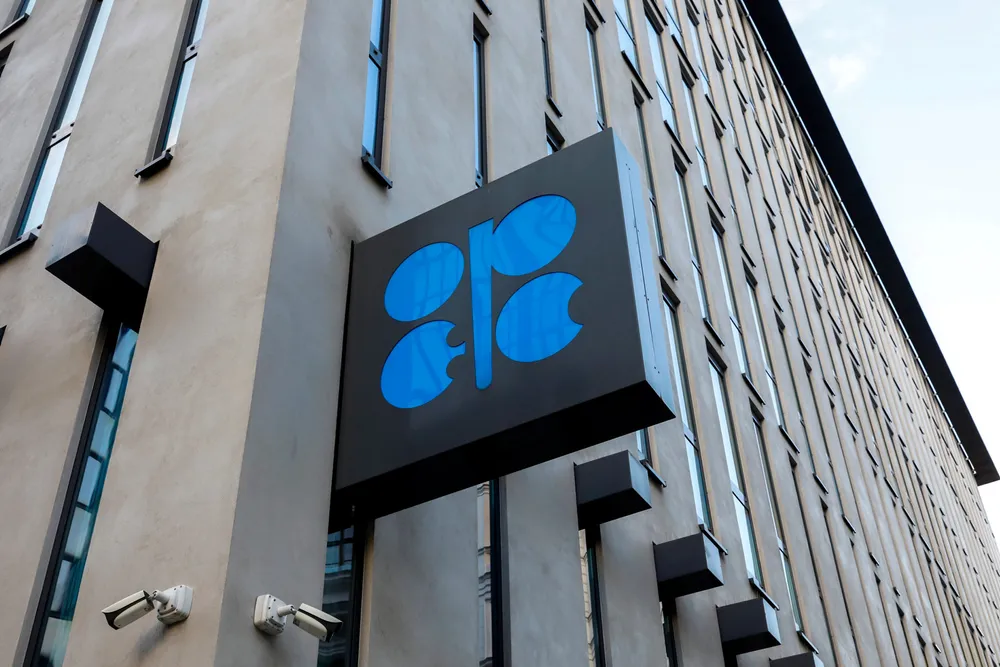Bears return to global oil markets
Wide sell-off of oil futures is seen across Europe and the US following a sudden swing in mood and projections of higher supply

Wide sell-off of oil futures is seen across Europe and the US following a sudden swing in mood and projections of higher supply
